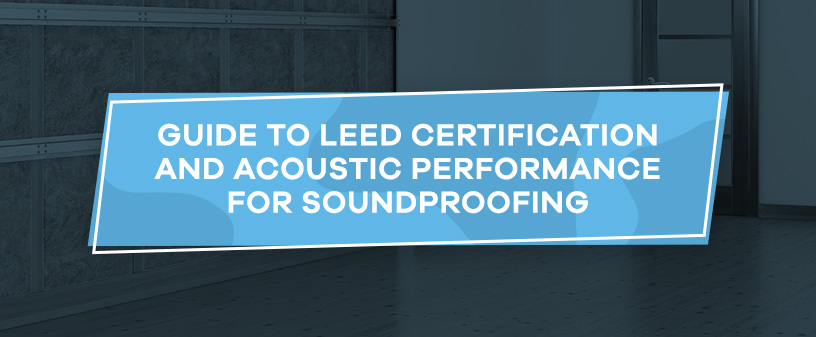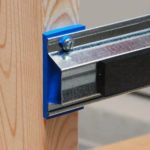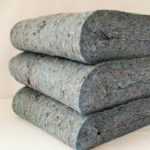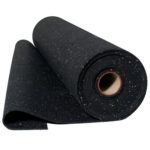
Whether you are a contractor busy with a new build or an architect planning a multistory apartment, you are most likely designing a LEED-compliant building. Though a Leadership in Energy and Environmental Design (LEED) certification used to focus primarily on sustainability, the acoustics in LEED certification takes sound issues into account.
LEED version 4.1 is performance-based and uses stronger criteria than previous versions for better noise reduction. It includes reducing HVAC noise and allows greater flexibility when choosing soundproofing materials.
Importance of LEED Certification and Why Acoustic Performance Matters
Noise reduction has been increasingly crucial for indoor environmental quality (IEQ) as it increases privacy and contributes to quieter, more comfortable areas. Though noise reduction has been a standard for residential buildings, other types of construction also prioritize soundproofing.
Most modern buildings designed for large groups of people, such as universities, government institutions, and large corporations, will have some acoustic LEED certifications.
How Acoustic Performance Contributes to LEED Points
A project can achieve a LEED acoustic performance certification when it satisfies specific criteria, which include:
- Reverberation time: Also known as RT60, this criterion minimizes the sound reflecting off walls, floors and other indoor structures.
- Sound transmission: Sound transmission class, or STC, measures how effectively surfaces block noise transferring from one room to another.
- Background noise management: Background noise can include voices, HVAC noise and other mechanical disturbances. By reducing background noise, a building can be more pleasant and respectful of all occupants.
- Speech privacy: Sound masking and voice privacy are crucial for office meetings and healthcare rooms, creating an environment where privacy is protected.
Choosing the Right Soundproofing Materials for LEED Projects
Soundproof Cow provides multiple soundproofing solutions for LEED projects. We understand the importance of sustainability and are proud to offer energy-saving products for LEED certification. Our acoustic insulation products can block sounds while insulating heat and preventing air leaks for greater energy efficiency.
Explore our door seals and sweeps, which offer easy installation and effective sound control. Some of our additional soundproofing solutions include:
- isoTRAX® Soundproofing System for walls and ceilings
- Quiet Batt® soundproofing insulation for interior and exterior walls
- Impact Barrier QT flooring underlayment for flooring systems
- Acoustic foam with aluminum for high heat applications
- Echo Absorber™ hanging baffles for shared areas like restaurants and gyms to reduce echo
Benefits of Enhanced Acoustic Performance for Properties
A building with improved acoustic performance can contribute to the overall satisfaction of its occupants by providing the following:
- Increased privacy
- Indoor comfort
- Work productivity
- Enhanced health and well-being
Why Soundproof Cow for LEED-Compliant Soundproofing?
At Soundproof Cow, we make finding soundproofing solutions easy and accessible. Our highly skilled team will assist you in choosing the most suitable solution and provide expert recommendations.
We offer noise blocking products that minimizes sound transmission and we also offer noise absorption solutions that reduce noise vibration, you can trust our team for advanced solutions for your LEED certification needs.
Get Started With Solutions Custom to You
For services tailored to your needs, complete this online form or call us at 1-866-949-9269 today.









